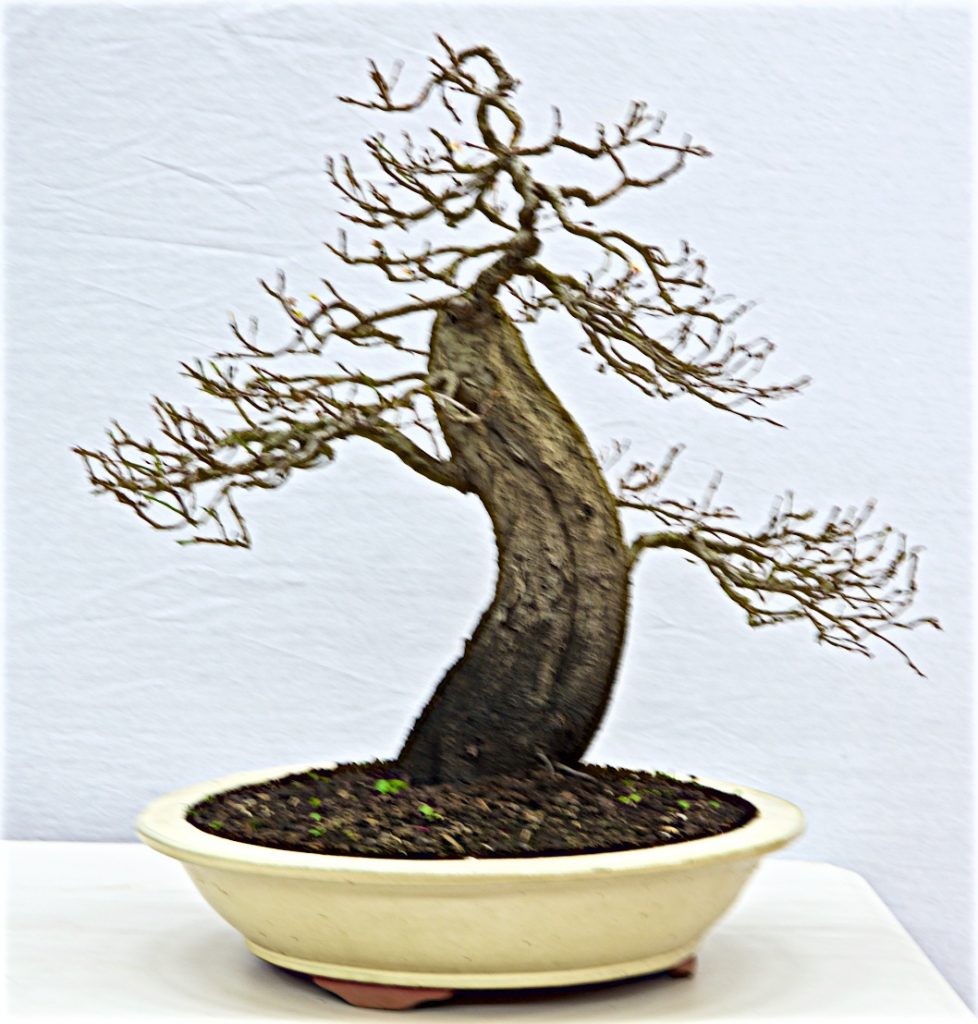June Club Meeting: Starting Out in Bonsai
At the June Meeting of the Bonsai Society of Victoria, Michael S. demonstrated a great approach to developing seedlings into bonsai. Members enjoyed a very interesting discussions about the process which Michael was able to demonstrate on a range of tree varieties.
Many helpful hints were provided throughout the discussion and a number of these are included below. The essence of Michael's approach is "balancing vigour". This applies to both foliage and roots and is generally achieved through leader replacement and wiring. This approach also contributes significantly to developing taper. See below for more comments on the process
This is a process for developing seedlings into foundation material for great bonsai.
Start the process when seedlings are well established but still flexible enough for wiring and bending.
The seedlings are removed from the pot, old leader cut back, new leader wired and shaped, roots trimmed to balance vigour and shortened and then repotted. This process is repeated every year or two over many years as the trunk is progressively developed.
When trimming roots, preferably select those at a 45 degree angle to the main trunk line as this contributes to better nebari.
Wiring needs to achieve an elegant shape in three dimensions and be mindful of what you are trying to achieve in10 years or so.
If a trunk is too thick to wire, cut off, repot and try again.
Planting in the ground may assist growth in some species. But, for junipers, experience suggests that planting in the ground rarely gives a better outcome that using a pot. Also, junipers are a species known for naturally poor nebari.
If applying this process to conifers, the suggestion is to leave the previous leader in place as they often don't bud again - eventually it will be removed. Try to arrange branch placement to encourage vigour in the new leader and discourage growth in the old leader.
Feed your plants well and when using pots, it is best to repot after two years to achieve higher growth rates. If in the ground, balance vigour after three years.
Members also had several trees on display and these are included below. Apologies for the lack of focus in some photos but hopefully you can still appreciate the shape and colour.
Michael talking about issues relevant to native species.
Victor thanking Michael.
Atlantic Cedar
Wiring a new leader.
Chinese Elm
Plum
Considering how the trunk may look in future.
Shimpaku Juniper
Scotts Pine









